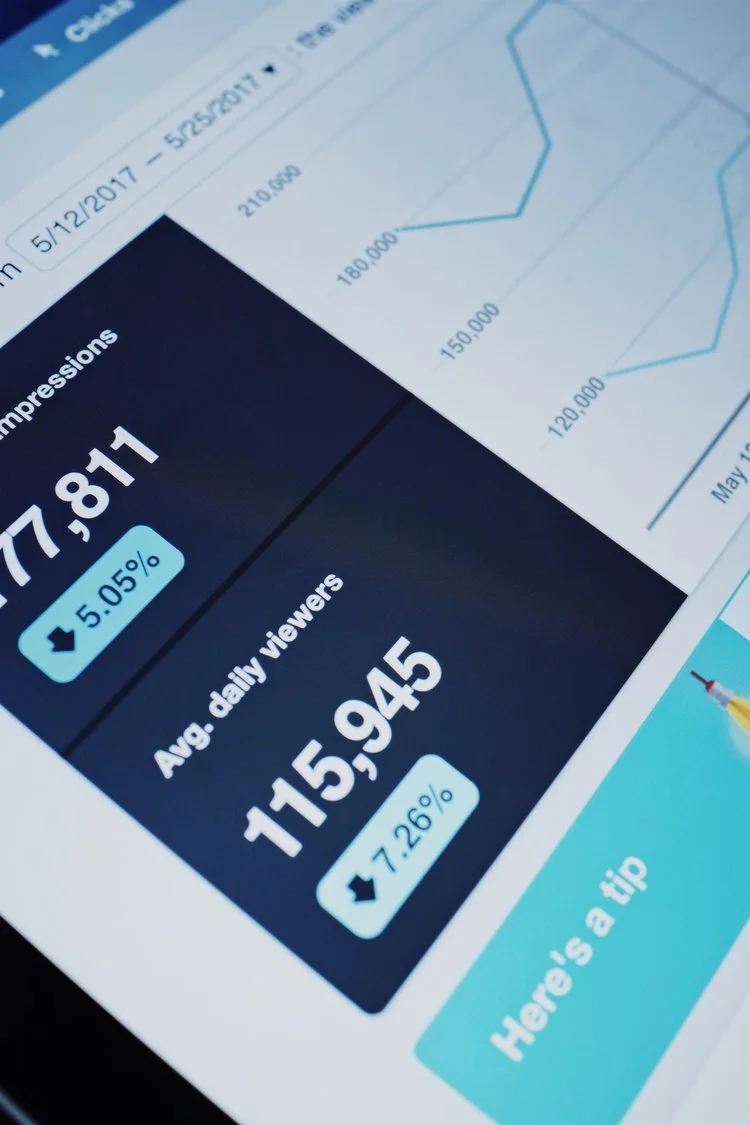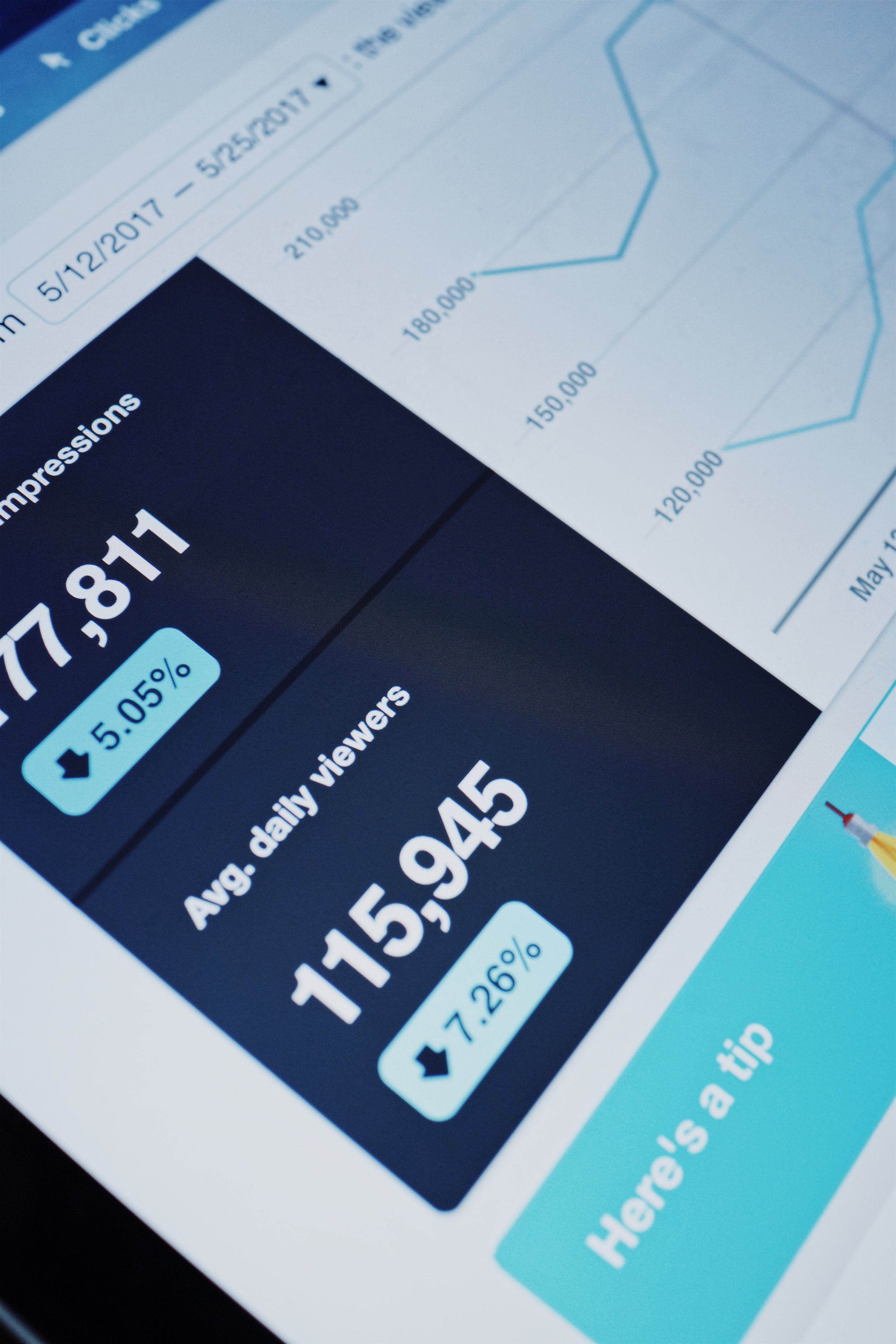Managing your businesses social media channels is a daily, if not hourly, endeavor. You get into the groove of posting regularly, and it makes it easy to forget about the big picture: your overall social media strategy.
If you’re finding it hard to remember the last time you reviewed your overarching social media strategy, it’s probably time to step back and do a social media audit.
In fact, routine audits should be an important element of your social media strategy. Regular audits will help you identify any weak points in your approach, give you more detailed information about your audience, and help you retool your strategy to match current trends.
We would suggest doing an in-depth audit at least once a year in addition to a monthly or quarterly mini-audit. Doing a monthly check-in will give you a real-time idea of where you’re at with your goals, making it easier to pivot and adapt as you go.
Set goals for yourself
If you don’t have a set of measurements to grade yourself against, how will you know if your social media has been successful?
Before you jump into your first social media audit, set some guidelines for what success looks like. There are many third party templates available – like this one from Sprout Social– or you can set your own goals.
You’ll want to review the following for each profile:
Engagement numbers
Publishing frequency
Consistency
Audience demographics
Referral sources
Social media budget/ROI
Channel specific metrics
Delve into the numbers
Whether you use built in analytics or an outside platform, you’ll want to make sure you’re checking in regularly to gauge the health of your social media channels. Analytics are invaluable in terms of steering your future strategy and ensuring you are tailoring your content to what works best for each platform.
A few basic things to be looking for:
Are you on the right platforms? There’s little value in investing time into daily Facebook posts if the majority of your audience uses LinkedIn. Even if you’ve already done this in the past, behaviors change, so make sure you’re up-to-date with current trends. Do some digging to find out where your audience actually is and refocus your efforts accordingly.
Who is on your page? Thought you were marketing to young women, but most of your traffic is middle aged men? That’s good information to have so you can tailor your strategy accordingly.
What content is most popular? What content is really connecting with you audience – and what isn’t? Consider cutting what isn’t connecting – especially if it’s content that’s taking up the bulk of your content creation time.
When is your audience online? Built in analytics make it so you no longer have to guess about peak posting times.
Don’t forget to track these stats all the way through to your web traffic. When people come over to your site from social media, how long are they staying? Are they happy with the links you’re serving them?
other MAINTENANCE steps
Once you’ve outlined the metrics you’ll use, there’s a few more things we suggest you do:
Need to display more than one link in your Instagram bio? LinkTree is the solution! Check it out here.
1. Go back to your bios
If you don’t regularly check in on your social media bios, you’ll probably be surprised how much has changed since you last updated it. Business objectives change, taglines get updated, and advertising campaigns shift focus – and your social media bios should reflect every one of these significant changes.
Your bio should be tailored to each platform, and no matter where it’s displayed your social bios should be short, snappy, and on-brand. You’ll want to make sure you’ve included an overview of your services, your location, and who you work with/for.
A great example of an Instagram bio
Trendy and affordable clothing boutique for professional women of all ages. Charlotte and Greensboro locations open M-F, 7a-5p. #BoutiqueName
Why it’s good: This bio tells you who this boutique is for, where they’re located and when they’re open. Chances are, that info covers most of the questions first time visitors would ask. Hashtags in Instagram bios are live links, making #BoutiqueName is a valuable use of space.
A bad example of an Instagram bio
Great clothes, great prices. Founded in 2002, open daily. Visit www.URL.com for more.
Why it’s bad: When you were founded is pretty much irrelevant information. And, this bio isn’t properly tailored for Instagram – that hyperlink should only be listed in the website field, because that’s the only place a URL is clickable.
2. Refresh your imagery
Visual branding evolves over time – and your cover photos should evolve as well. Bonus points if you update them to fit the seasons, your most current advertising campaign, or special events.
When it comes to cover photo quality, make sure you’re up to date with the latest trends. For example, most major brands have swapped out a high res image in favor of a video cover photo. If you opt to make the switch, you’ll want to make sure your video looks clear and loads quickly.
3. Scan the web
Do a quick Google search and make sure there aren’t any profiles out there claiming to be you -- or that you don’t have any old profiles of your own lingering around. If there are, you could be losing out on some business-winning followers.
If you do come across your own old profile, delete it. And if it’s someone else impersonating you, ask them to remove the page - if they don’t, report it.
4. Create new goals
Now that you’ve tracked and measured your goals, how are you going to improve and change them? Once you’ve concluded your social media audit be sure to set new goals that you hope to achieve in the next month, quarter, or year.
Hue & Tone: Social Media Solutions for every business
If you need help refining or maintaining your social media strategy, you’ve made it to the right place! No matter what state your social media plan is in, we can help you get your profiles back on track. We can even do the posting for you! To learn more, get in touch with us.








